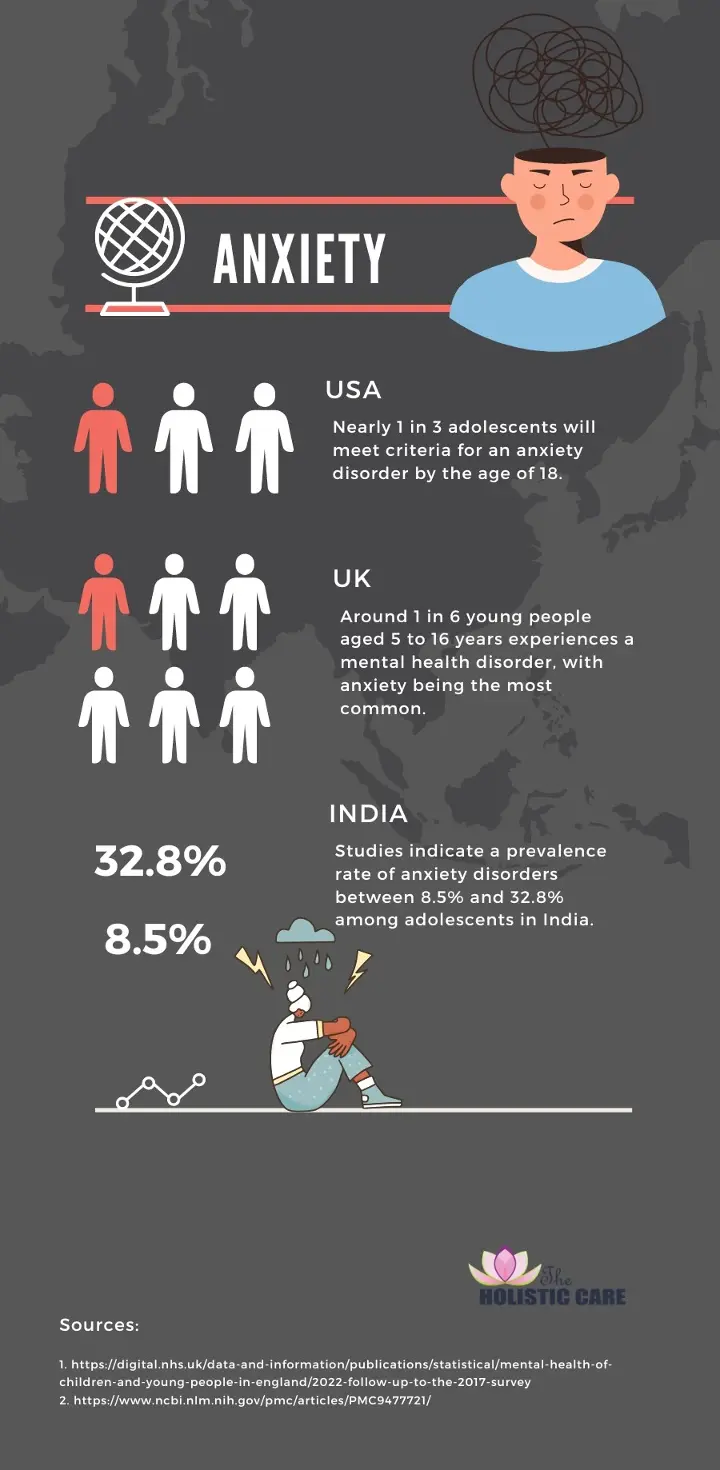Helping educators and young people flourish Our team of experienced mindfulness educators, driven by a passion for empowering children and schools, believes mindfulness is the key to unlocking a brighter future.
Why Do We Need Mindfulness in Education?
In today’s fast-paced and competitive world, children and educators face many challenges that can affect their learning, health, and happiness. Anxiety, trauma, distraction, and isolation are some of the common issues that can interfere with academic and social success. That’s why we need mindfulness in education. Mindfulness can help create equitable and joyful learning environments that center collective well-being. It can also foster resilience, compassion, and creativity in both students and educators.
Students Face New Challenges

Addressing Student Challenges: Cultivating Resilience and Supportive Environments
A growing proportion of contemporary students encounter hurdles that impact their capacity to concentrate, manage challenging emotions, cultivate inner strength, and establish healthy interpersonal connections. Consequently, it is imperative for us to acquire strategies that effectively soothe our students’ anxious nervous systems, while fostering supportive relationships, nurturing experiences, and conducive learning environments for them.Artistic Expression and Masterpiece of Existence
The book beautifully encourages children to view their journey in the garden of the mind as an artistic expression. Every thought, feeling, and connection contributes to the masterpiece of their existence. The narrative serves as a reminder that each child is an integral part of the world's beautiful tapestry.Educators are Experiencing Burnout

A growing proportion of contemporary students encounter hurdles that impact their capacity to concentrate, manage challenging emotions, cultivate inner strength, and establish healthy interpersonal connections. Consequently, it is imperative for us to acquire strategies that effectively soothe our students' anxious nervous systems, while fostering supportive relationships, nurturing experiences, and conducive learning environments for them.
How Do We Teach Mindfulness to Children and Schools?
At The Holistic Care, we have designed mindfulness programs for children and schools based on the latest research and best practices. Our programs are tailored to the specific needs and goals of each school community. We offer:- Professional development workshops for educators to learn the basics of mindfulness and how to integrate it into their curriculum and classroom management.
- Mindfulness sessions for students of all ages and levels to learn and practice mindfulness skills through fun and engaging activities.
- Mindfulness resources for parents and families to support their children’s mindfulness practice at home and in daily life.
What Are the Benefits of Our Mindfulness Programs?
Our mindfulness programs can help children and schools achieve the following outcomes:- Reduced stress and anxiety Increased self-regulation and self-awareness
- Improved academic performance and motivation
- Enhanced social and emotional skills Greater happiness and well-being
Further Reading
1 National Institute of Mental Health. “Prevalence of Any Anxiety Disorder Among Adolescents.” https://www.nimh.nih.gov/health/statistics/any-anxiety-disorder.shtml
Kessler RC, Chiu WT, Demler O, Merikangas KR, Walters EE. Prevalence, severity, and comorbidity of 12-month DSM-IV disorders in the National Comorbidity Survey Replication. Arch Gen Psychiatry. 2005 Jun;62(6):617-27. https://www.ncbi.nlm.nih.gov/pubmed/15939839/
2 National Survey of Children’s Health. “Adverse Childhood Experiences Among US Children.” 2017. https://www.cahmi.org/wp-content/uploads/2018/05/aces_fact_sheet.pdf
3 Common Sense Media. “The Common Sense Census: Media Use by Tweens and Teens.” 2015. https://www.commonsensemedia.org/sites/default/files/uploads/research/census_researchreport.pdf
4 O’Donnell, Jayne. “Teens aren’t socializing in the real world. And that’s making them super lonely.” USA Today. 2019. https://www.usatoday.com/story/news/health/2019/03/20/teen-loneliness-social-media-cell-phones-suicide-isolation-gaming-cigna/3208845002/
5 American Federation of Teachers. “Educator Quality of Work Life Survey.” 2017. https://www.aft.org/sites/default/files/2017_eqwl_survey_web.pdf
6 Hackman and Morath. “Teachers Quit Jobs at Highest Rate on Record.” Wall Street Journal. 2018. https://www.wsj.com/articles/teachers-quit-jobs-at-highest-rate-on-record-11545993052